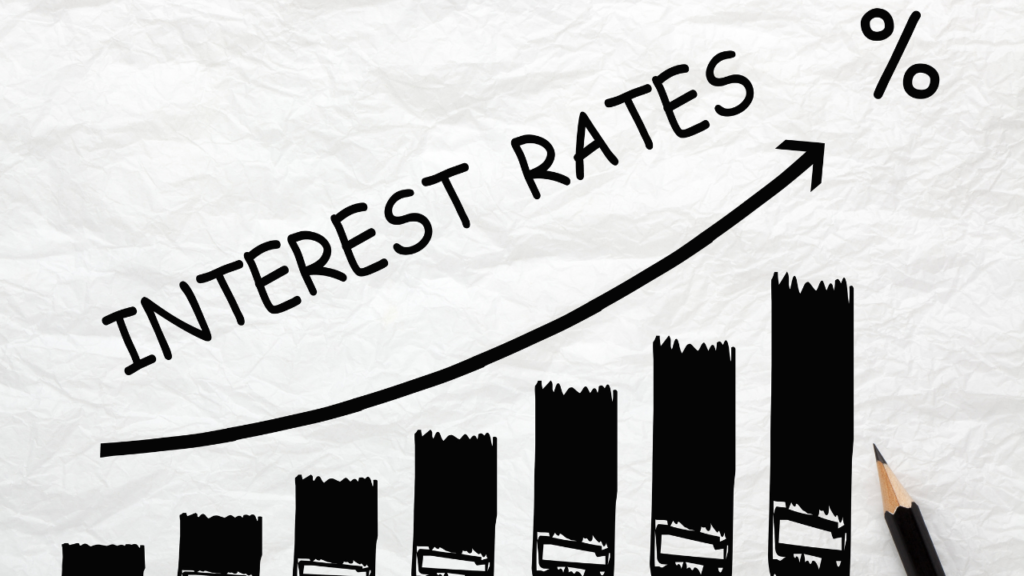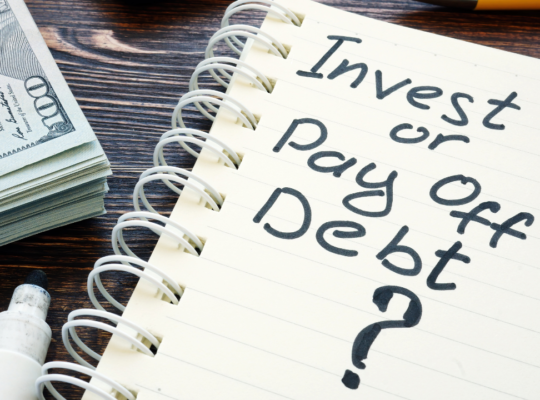
When there is a significant increase in inflation, the Central Bank raises the repo rates, causing interest rates to rise. These developments can have a knock-on impact on the economy, culminating in a financial meltdown in some cases.
Interest rates also have an impact on investment choices. As an investor, you should not be concerned if interest rates climb. If you are a long-term investor, several interest-rate cycles will transpire along your investing journey. Interest rates do not fluctuate quickly. It’s a steady and slow process. We have observed in the past that high-rate periods do not persist long and generally end in 2 to 3 years.
Hence in a climbing interest rate climate, it is critical to plan your finances and investment portfolio.
What is a risk free rate:
The rate of interest on bonds issued by the RBI is characterised as a risk-free rate of interest. This may be regarded the cheapest cost of capital, and it can be used as a tool to assess the accomplishment of your investment returns. You should evaluate your investment results to determine if they outperform this risk-free investment.

When interest rates fall, so does this risk-free return, making other investment opportunities such as stocks, real estate, and commodities more attractive in comparison. However, if interest rates rise, ‘risky’ investments must yield more to remain attractive. This alters the investment trends across asset types.
Investors in general strive to maximize their risk-adjusted returns for the funds they put at risk in the market. As interest rates increase, the prospective future returns on lower-risk assets such as bonds improve, making higher-risk assets such as equities less appealing. This is a major reason why markets fall when central banks rapidly increase interest rates.
Are Bonds better:
When interest rates rise, stocks find it difficult to outpace bonds. As you are aware, interest rates and bond prices have an opposite connection. Bond prices decline when interest rates climb. So when interest rate hikes kick-in, the question that pops in our mind is “Can we invest in Bonds now?”.

Bonds are an important component of any well-diversified portfolio and may provide a steady source of earnings when interest rates climb. Short-term bonds can be used to hedge against rising interest rates because their values have decreased more than normal in comparison to long-term bonds.
Because short-term bonds mature quickly, they are more robust and less influenced by rapidly rising interest rates.
When a short-term bond expires, the proceeds can be reinvested in a new short-term bond at a greater interest rate. You may also invest in variable rate bonds, which profit from increasing interest rates because their interest rates rise during these periods.
(Just to give you a quick context on how the rates differ between long term bonds and short term bonds – For example, if 10-year bond yields are at 7.3%, but 2-year bond yields are at 8%, this difference in rates implies that the market expects inflation to be lower in the next ten years but higher in the following two.)
What about Equities:
Increased interest rates often harm equities. When interest rates rise, so does the capital cost for firms. This raises interest costs, reduces profits, and reduces a company’s capacity to invest in development. Markets are well aware of these trends. When interest rates rise, shares are re-rated and stock values, particularly for high-debt firms, fall.

However, it is not all terrible news for all firms. Higher rates are frequently beneficial to companies because they eliminate weak rivals. Weaker businesses struggle to repay existing debt or attract new debt, rendering them uncompetitive. As a result, a company’s creditworthiness comes into play here, and quality businesses may issue financing relatively inexpensively while their rivals pay a risk premium for the same credit line.
Furthermore, as interest rates increase, firms with debt will often find their profitability stretched by increasing loan servicing expenses. Hence firms with pricing power and the capacity to pass on increased expenses to customers through higher prices are more likely to survive these times of high interest rates than those without. Following in on quarterly results conference calls may provide insight into how powerful a company’s pricing power is.
Get rid of your debts:
Rising interest rates will raise the cost of being in debt. The higher interest rates climb, the more costly variable rate debts become, as well as the cost of taking out new fixed-rate loans.
Existing loan borrowers with significant savings should prepay their loans and, if possible, use the term shortening option to save more on interest payments. When you get a financial windfall or maturity payment from an old investment, use it to pay off some of your debts and decrease the term of the loan.
Borrowers who have seen substantial improvements in their credit score might consider shifting their loan amount to a new lender in order to save money on interest.
Paying off your debts or refinancing them with reduced interest rates can give you greater control over your income and money flow. That is a crucial aspect of ensuring that you have enough funds to invest in the first instance. Most financial gurus recommend that your total EMIs should not exceed 35-40% of your take-home earnings.
Hedging at times of Inflation:

As previously said, inflation has a significant influence on investments. Inflation patterns will provide clues to a shifting interest rate cycle. When inflation trends fall and central banks stop interest rate rises, you realize the trend has begun to turn. Rising inflation, on the other hand, entails greater prices, which results in higher interest rates. As a result, investors should find a means to mitigate the risks of inflation. The easiest method to do so is to seek for assets that are better prepared to withstand the shocks of increasing or falling interest rates. Some of the inflation-proof assets are – commodities such as gold or silver, REITs, credit-based yield investments, and investments in firms with a big cash balances (conservative instruments like cash will begin paying higher rates).
Conclusion:
As an investor, you should consider a variety of aspects while designing your investing plan. The interest rate environment is one such example. Although they may not appear to be as significant, interest rates influence not just the cost of borrowing, but also the performance of your assets.
Interest rates will not remain high indefinitely, but the rate at which they will increase and how far they will rise is impossible to forecast. Those who ignore interest rate cycles, risk missing out on potential opportunities (as outlined in this article) to gain from increasing rates.





